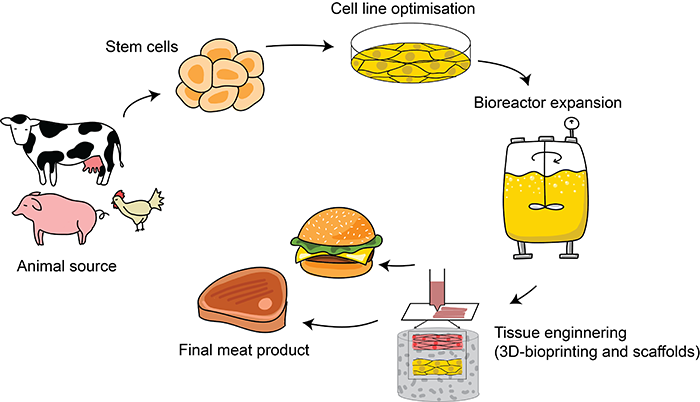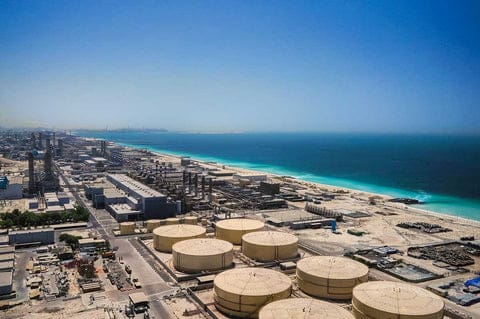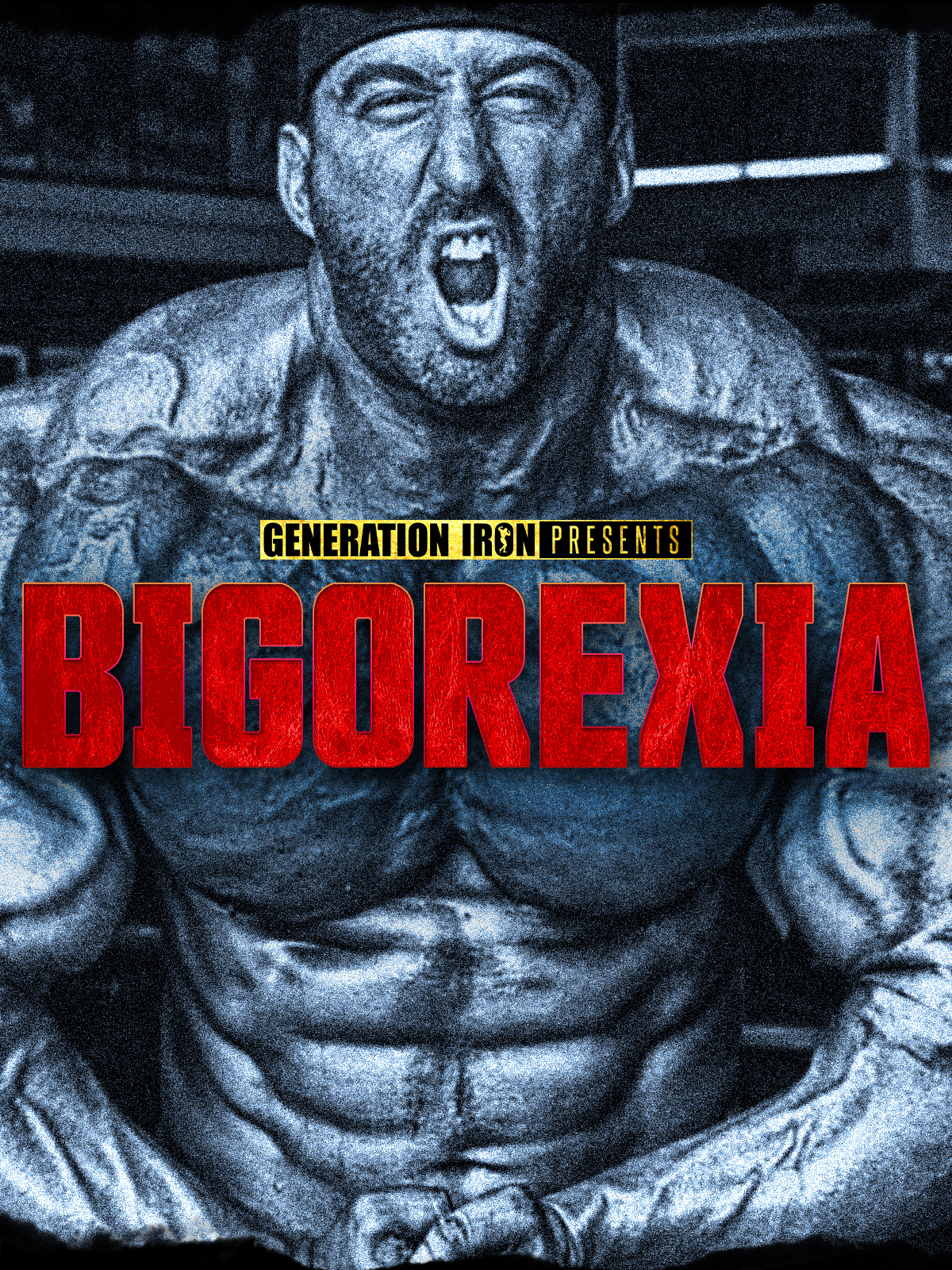Sustainable Fashion 101 - Building an Eco-Friendly Wardrobe

The Environmental Impact of Fast Fashion
Let's face it, our love for fast fashion has a dark side – and it's killing the planet. The fashion industry is one of the largest polluters in the world, with fast fashion being a major contributor to the problem.
Massive Waste and Pollution
Fast fashion is all about speed and convenience. It's trendy, affordable, and disposable. But this approach comes with a hefty price tag. Every year, the fashion industry produces over 100 billion new garments, with the average American generating 82 pounds of textile waste. That's roughly equivalent to the weight of two dumpsters filled with clothes. The UK alone sends over 300,000 tons of clothing to landfill each year.
The production process itself is a significant source of pollution. From growing cotton (which requires massive amounts of water and pesticides) to weaving, dyeing, and finishing fabrics, the environmental impact adds up quickly. For example, the dyeing process alone uses around 2,000 liters of water per kilogram of fabric. That's a lot of water for a single t-shirt.
Greenhouse Gas Emissions
Fast fashion's carbon footprint is staggering. The production and distribution of fast fashion result in significant greenhouse gas emissions, contributing to climate change. The numbers are stark: the fashion industry is responsible for around 10% of global greenhouse gas emissions, surpassing the emissions from international flights and maritime shipping.
Some key contributors to these emissions include:
- Synthetic fabrics like polyester and nylon, which are made from fossil fuels
- Long-distance transportation of garments
- Energy-intensive manufacturing processes
By understanding the impact of fast fashion, you're already one step closer to making more informed choices about your wardrobe. It's time to rethink the way we shop and the way we dress.
Key Principles of Sustainable Fashion
Ditching the fast fashion cycle and building an eco-friendly wardrobe might seem daunting, but trust me, it's all about adopting a few simple principles that'll make a world of difference. Let's start with the most crucial one: quality over quantity.
Investing in high-quality, timeless pieces might cost a bit more upfront, but think about it - you're not just buying a shirt, you're buying years of wear. A well-made white shirt from a brand like Everlane, for instance, can be worn hundreds of times and still look great. Compare that to a cheap, trendy piece from a fast-fashion retailer that'll be out of style in a season. Which one's the better investment?
Versatility is Key
When shopping, ask yourself: can I wear this with three different outfits? If the answer's no, it's probably not worth it. Look for pieces that are versatile and timeless - a good pair of jeans, a leather jacket, or a simple white shirt. These are the building blocks of a solid wardrobe.
- A classic watch that pairs well with both formal and casual wear
- A quality handbag that's durable and stylish
- A cozy sweater that's perfect for layering
Mindful Shopping
Before you hit buy, do your research. Check out brands like Patagonia and Reformation, which prioritize sustainability and transparency in their manufacturing processes. Look for certifications like GOTS (Global Organic Textile Standard) or Oeko-Tex, which ensure the brand meets certain environmental and social standards. Don't be afraid to reach out to brands directly and ask about their sustainability efforts - the more we demand transparency, the more brands will deliver.
Building a Sustainable Wardrobe

Let's face it, fast fashion is a major contributor to waste and pollution - and it's time to rethink our shopping habits. Building a sustainable wardrobe might seem daunting, but trust me, it's worth the effort. By making a few simple changes, you can look great while doing good for the planet.
Assessing Your Current Wardrobe and Decluttering
Start by taking stock of what you already have. Go through your closet and sort items into three piles: keep, donate/sell, and discard. Be honest with yourself - when was the last time you wore that shirt or those jeans? If it's been over a year, it's probably safe to let it go. Consider the 80/20 rule: 80% of the time, you likely wear 20% of your clothes.
Decluttering can be therapeutic, and you might even make some cash by selling items that are still in good condition. ThredUp, Poshmark, and eBay are great platforms to get started.
Creating a Capsule Wardrobe
A capsule wardrobe is all about simplicity and versatility. The idea is to have a small collection of essential pieces that can be mixed and matched to create multiple outfits. Aim for around 30-40 items, including tops, bottoms, dresses, and outerwear. Some must-haves include:
- A classic white shirt
- A pair of well-fitting jeans
- A cozy sweater for colder months
- A little black dress for special occasions
Investing in Eco-Friendly Materials and Sustainable Brands
When shopping for new pieces, look for eco-friendly materials like organic cotton, recycled polyester, and Tencel. These materials have a lower environmental impact than traditional fabrics. Some great sustainable brands to check out include Patagonia, Reformation, and Everlane. They might be a bit pricier, but you're paying for quality and sustainability.
By making these small changes, you'll not only reduce waste but also create a wardrobe that's both stylish and sustainable. And who doesn't want that?
Eco-Friendly Materials to Look For
Let's face it, the fashion industry is one of the most polluting industries out there - but that doesn't mean you have to give up on style. When it comes to building an eco-friendly wardrobe, the materials you choose can make all the difference. So, what should you be looking for?
Organic Cotton: The Water-Saving Superstar
Organic cotton is a game-changer. Unlike conventional cotton, which uses a whopping 25% of the world's insecticides and 3% of global water resources, organic cotton is grown without toxic chemicals or synthetic fertilizers. This reduces water pollution and keeps our soil healthy. Plus, it's often softer on skin, too.
Recycled Polyester: Giving New Life to Old Plastics
Recycled polyester is another material worth looking out for. By reusing plastic waste like old bottles, we can decrease the amount of waste in landfills and conserve non-renewable resources. For example, one ton of recycled polyester saves 5.6 barrels of oil and reduces CO2 emissions by 55% compared to producing new polyester.
Bamboo: The Sustainable Powerhouse
Bamboo is a highly renewable resource that's also super versatile. It requires minimal water and pesticides to grow, and it's naturally antibacterial and breathable. Bamboo fabric is often described as feeling like silk or cashmere - and it's a great alternative to synthetic materials.
Some popular eco-friendly materials to add to your wardrobe include:
- Organic cotton
- Recycled polyester
- Bamboo
When shopping, look for certifications like GOTS (Global Organic Textile Standard) or Oeko-Tex, which ensure the materials meet certain environmental and social standards. By choosing eco-friendly materials, you're voting for a more sustainable fashion industry - one piece at a time.
Tips for Sustainable Shopping
So, you've decided to make the switch to sustainable fashion - nice move! Now, let's talk about how to shop smarter, not harder. When it comes to building an eco-friendly wardrobe, it's all about being mindful of your purchases and doing your research.
Researching Brands and Their Sustainability Efforts
Before you hit that buy button, take a few minutes to check out the brand's website and social media. Look for transparency about their materials, production processes, and supply chain. For example, Patagonia is a great example of a brand that wears its heart on its sleeve - or rather, on its website. They publish an annual Environmental & Social Responsibility report that breaks down their supply chain, environmental impact, and labor practices.
Looking for Certifications and Transparent Production Practices
Certifications like GOTS (Global Organic Textile Standard) and Fair Trade can be a good starting point. These certifications ensure that the brand meets certain standards for sustainability and fair labor practices. Some brands also provide detailed information about their production processes, like the materials they use and the factories they work with. Everlane is a great example of a brand that does this well.
- GOTS certification: ensures organic fibers and sustainable production processes
- Fair Trade certification: promotes fair labor practices and fair prices for farmers and workers
Supporting Local Businesses and Fair Labor Practices
Buying locally can significantly reduce carbon emissions from shipping. Plus, you're supporting your community and local artisans. When shopping from larger brands, look for fair labor practices and transparent supply chains. Some brands partner with organizations to ensure fair wages and safe working conditions for workers.
Maintaining Your Sustainable Wardrobe
So you've built an eco-friendly wardrobe, but now it's time to make it last. The good news is that taking care of your clothes isn't rocket science, and a few simple habits can make a huge difference.
Proper Care for Garments
Washing your clothes in cold water is a great place to start. Not only does it save energy, but it also helps prevent colors from fading and fabrics from breaking down. For example, did you know that washing your clothes in cold water can reduce your carbon footprint by up to 90%? Air-drying is another simple switch that can make a big impact. Instead of using a clothes dryer, which can take up to 3.3 kilowatt-hours of electricity per cycle, try hanging your clothes to dry. You can even use the sun's natural heat to sanitize your clothes and give them a fresh smell.
Repurposing and Upcycling
Before you toss that old t-shirt or pair of jeans, think about how you can repurpose or upcycle it. You can turn old t-shirts into reusable bags, create a quilt from pieces of fabric, or even make a rug from old denim jeans. Get creative and find a new life for your old clothes!
Donating or Recycling
Sometimes, despite our best efforts, clothes reach the end of their life. When this happens, consider donating items that are still in good condition to local charities or thrift stores. You can also recycle your clothes through programs like H&M's Garment Collecting Initiative, which collects clothing from any brand and recycles it into new products. Some popular items to donate include:
- Gently used clothing and accessories
- Household textiles like towels and bedding
- Shoes in good condition
By taking care of your clothes and finding new uses for old items, you can reduce waste and make your wardrobe more sustainable.

















Comments ()